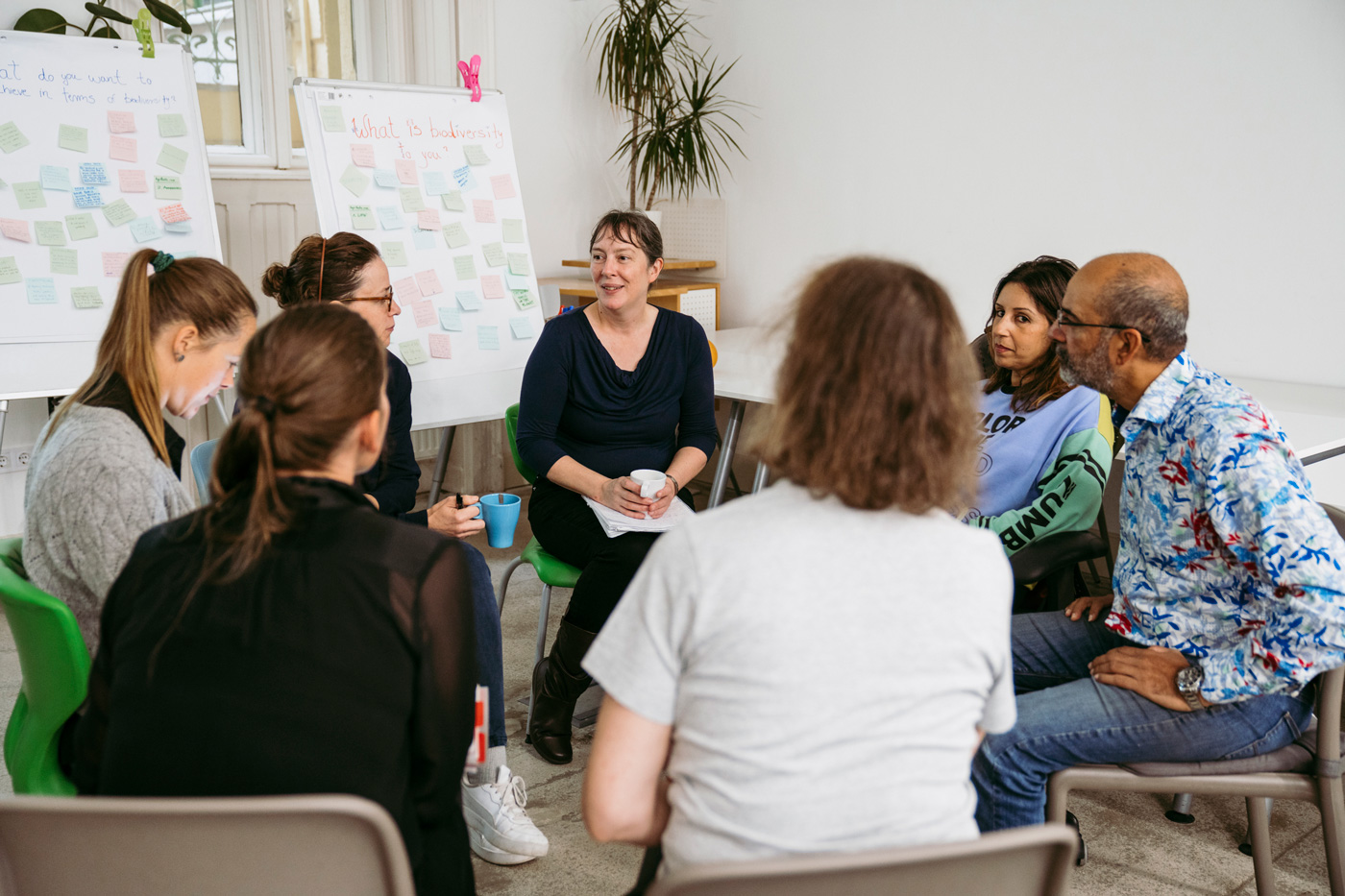
Debriefing
Purpose
To support reflection, emotional processing, and learning after a participatory or creative method. Debriefing helps participants make sense of their experience, share insights, and identify next steps. It strengthens personal and group impact and can also inform institutional learning or reporting.
Key Features
Participants:
- Ideal group size: 6–12
- Can be scaled up with multiple sessions or adapted for smaller groups
- Suitable for all ages; format should be tailored to context
Estimated Timeframe:
- 45 minutes to 2 hours
- Can be held immediately after the method or in a separate session (1–2 days to 2–3 weeks later)
Budget Level:
- Low
- Costs may include space hire, refreshments, printed materials, and facilitation time
Materials Needed:
- Paper, pens, mood cards, symbolic objects, drawing tools
- Institutionally approved ethical information and consent forms (if collecting data)
- Optional: audio recorder, camera (with consent)
- Optional: digital collaboration or voting platforms (e.g. Padlet, Mentimeter)
Skills Required:
- Group facilitation and inclusive communication
- Emotional sensitivity and trust-building
- Conflict resolution and time management
- Ethics and project coordination
Case Study
Method in Practice
Context of Use
Used across PLANET4B case studies and during multiple PLANET4B in-house consortium events to reflect on methods such as participatory theatre, drawing workshops, and biodiversity games. In the UK case study, for example, and during the final PLANET4B project event participants added reflections to a paper tree. In Hungary, debriefing with school students was co-facilitated by case leads and by external experts.
How It Worked
Facilitators guided open-ended discussions using prompts, creative tools, and group activities. Participants reflected on emotions, insights and future actions. Debriefing was adapted to suit different ages, cultures and settings.
Engagement & Participation
Participants shared thoughts through conversation, drawing, walking, or object-based reflection. The method supported emotional safety, inclusivity and diverse forms of expression. Co-facilitation and participant-led formats were encouraged.
Outcomes & Insights:
- Supported personal reflection and empowerment
- Strengthened group cohesion and trust
- Identified pathways for action and advocacy
- Informed programme design and institutional strategy
- Created outputs for exhibitions, reports or campaigns
Strengths & Considerations
Strengths:
- Accessible and adaptable
- Enhances impact of other methods
- Supports emotional and cognitive processing
- Can be creative, informal, or structured
- Valuable for both participants and facilitators
Considerations:
- Requires sensitivity to group dynamics and emotional responses
- Format should match context and participant needs
- Ethical care and consent are essential
- Impact depends on quality of facilitation and follow-up
- Works best when integrated into broader engagement strategy



